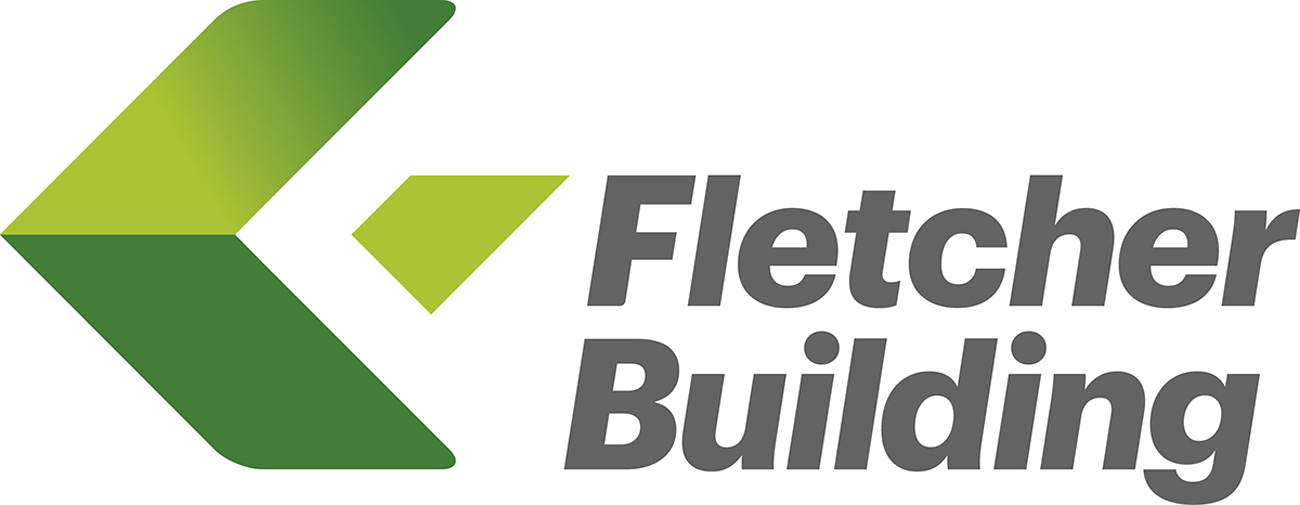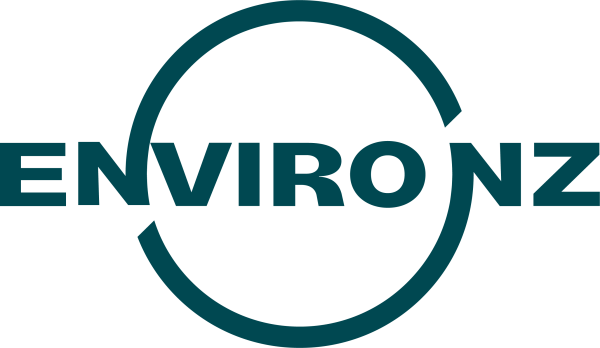In the face of rapid climate change, the construction industry has environmental and sustainability responsibility it must follow. Businesses in the industry must adhere to government regulations like the Zero Carbon Act and the Waste Minimisation Act.
Embodied carbon is the amount of carbon produced to create a structure or infrastructure. Concrete “consumes” most of the embodied carbon produced. The concrete industry must respect the energy expenditure - the amount of energy a material produces over its lifetime.
We offer a solution to sustainability responsibility that pays homage to legal, and governmental requirements, while creating a product that withstands the test of time. We have engineered a product that adheres to government regulations such as the Zero Carbon Act by pouring high-quality, certified excess wet concrete to moulds to form our concrete blocks.
The carbon is associated with the project the concrete it initially came from prior to being added to our moulds. By doing this, we incorporate a circular economy by keeping our resources in use for as long as possible. Closing the loop on concrete waste is our greatest value. We understand that high-quality, excess concrete is a valuable material and we must decrease our carbon footprint by considering the product’s end of life.
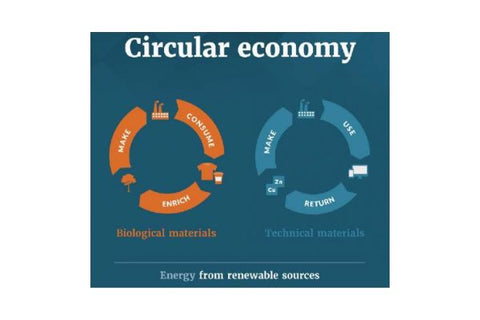
We capture the excess concrete while it is still in its wet form, and pour it into our moulds, creating Interbloc precast wall systems. These blocks have powerful benefits as they start life with low embodied carbon and continue to reabsorb carbon over their life. The blocks reduce time, labour, and materials, are durable and have an extended structural lifetime. Structures can be broken down and the blocks reused, creating a circular economy system. We call this approach our CarbonSmart® sustainability system. This system is also financially beneficial with the reuse of resources, instead of having to source new materials. Our systems are designed to make the transition to our products, seamless, low labour, and time efficient.
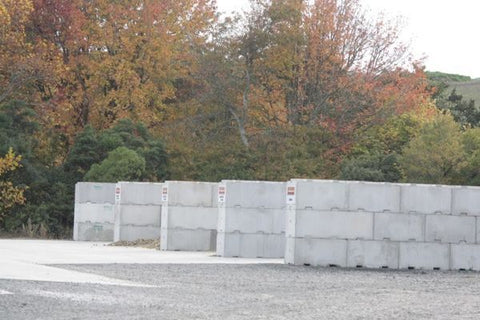
(Interbloc Landscape Supply Bins for Wyatt's Landscape Supplies)
Interbloc is part of our product stewardship scheme, which is an approach to managing the environmental impacts of materials throughout their life cycle. Striving to utilise all useable wet concrete, we divert it into our Interbloc moulds. This reduces the carbon use and subsequent waste of valuable materials.
Stonebloc is also sustainable because the blocks allow for non-destructive dismantling. Over time, all the carbon produced will be reabsorbed through re-carbonation. Stonebloc was selected by the South Taranaki District Council to build the sea wall at Opunake Beach. Given the previous 1995 wall was prone to disintegration and erosion from the sea water and elements, the council wanted to build a new wall that was durable and able to withstand a coastal environment, increasing the lifetime of the product and the structure overall.
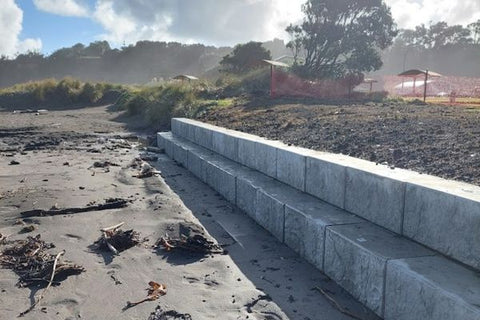
(Stonebloc seawall for Opunake Beach)
A more sustainable solution such as the ones we offer ensure minimal process changes and reduces delays and cost. Our concrete blocks can be used for a range of applications like aggregate bins, retaining walls (Interbloc and Stonebloc), fertilizer bins , and PKE Bins .
Our Interbloc precast wall system is a low carbon, zero waste construction solution that meets government sustainability regulations. It is an environmentally friendly, cost-effective alternative to other concrete designs.
Our precast wall system is a low carbon, zero waste construction solution that is financially efficient in the long run. It also doesn’t require any changes in behaviour when making the switch. The transition is seamless.






